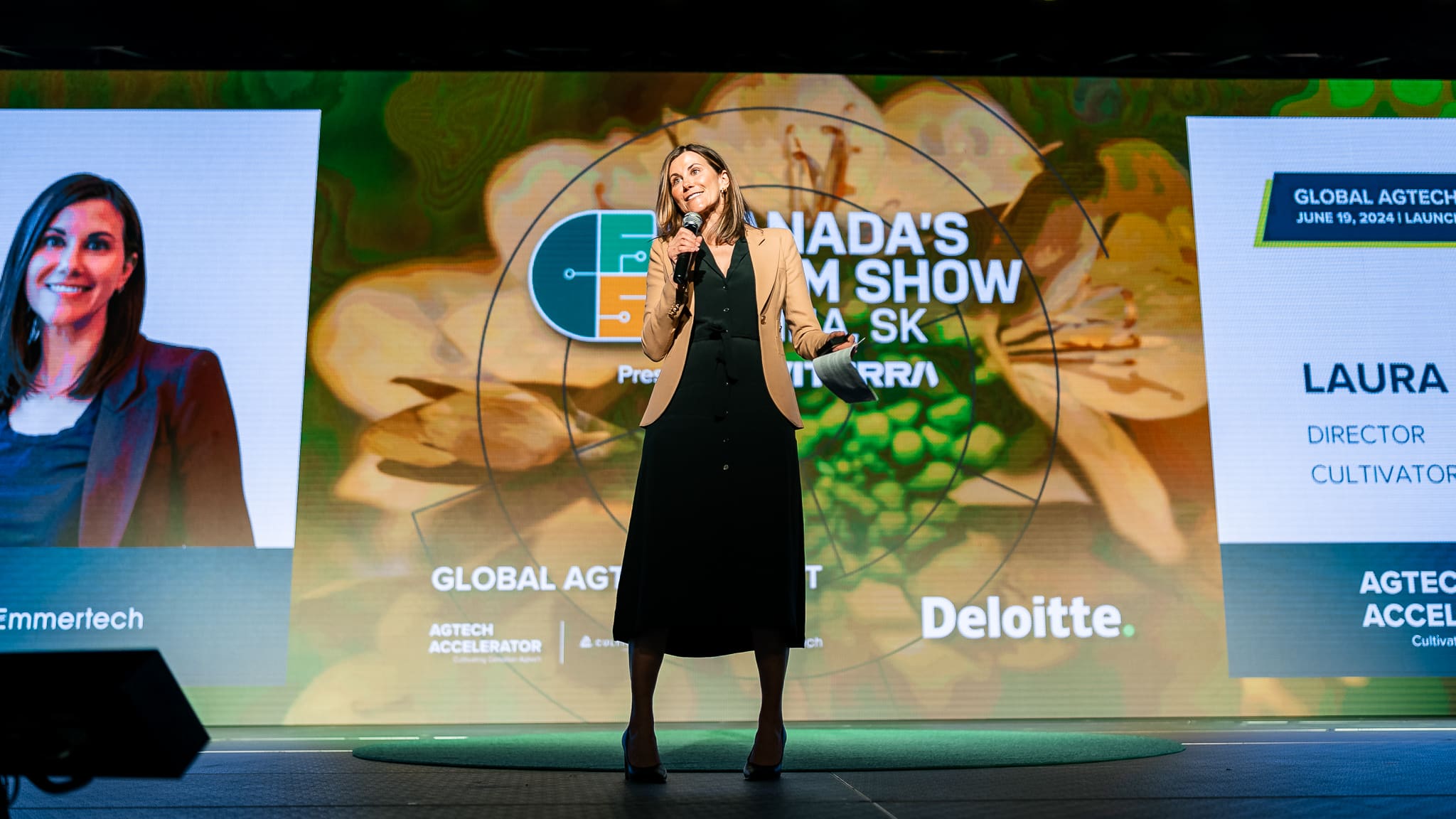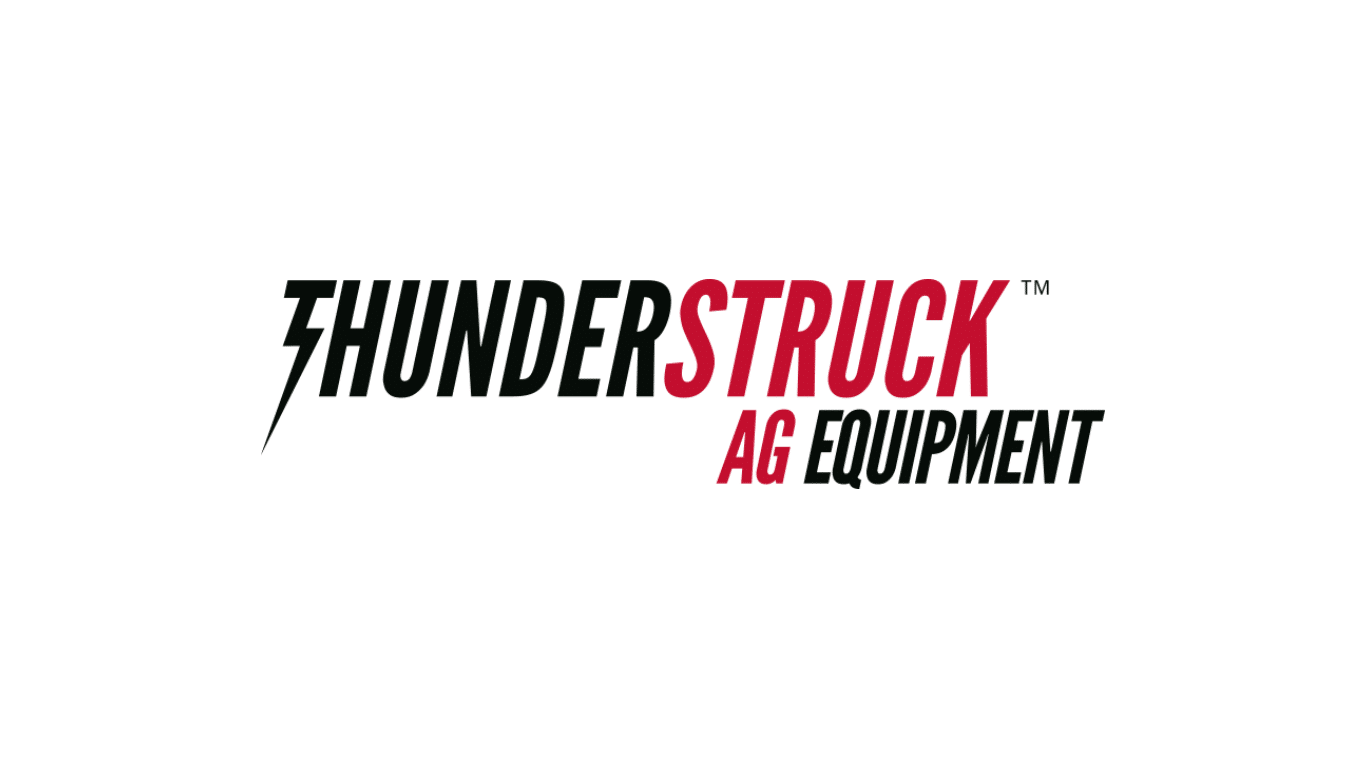Showcase your business to a global audience by joining our AgTech Companies Directory. Highlight your innovations, connect with industry leaders, and gain visibility in the rapidly growing AgTech ecosystem. Add your company today and be part of the future of agriculture!
Discover AgTech Companies Across The Globe
Explore a comprehensive directory of AgTech companies driving innovation in Agriculture Technology (AgTech). From startups to established industry leaders, this page showcases businesses transforming the future of farming with cutting-edge solutions. Discover their profiles, products, and contributions to the AgTech ecosystem, all in one convenient place.
Discover The Latest News From AgTech Companies
OUR NEWSLETTER
Sign Up Today for Our In-Depth AgTech Digest
Stay ahead of the curve with the latest AgTech News, delivered straight to your inbox every Friday.
Get all the essential updates from the various segments in AgriTech, from Sustainable Agriculture to Plant Science and other AgTech news.
All in under 5 minutes with AgTech Digest!




